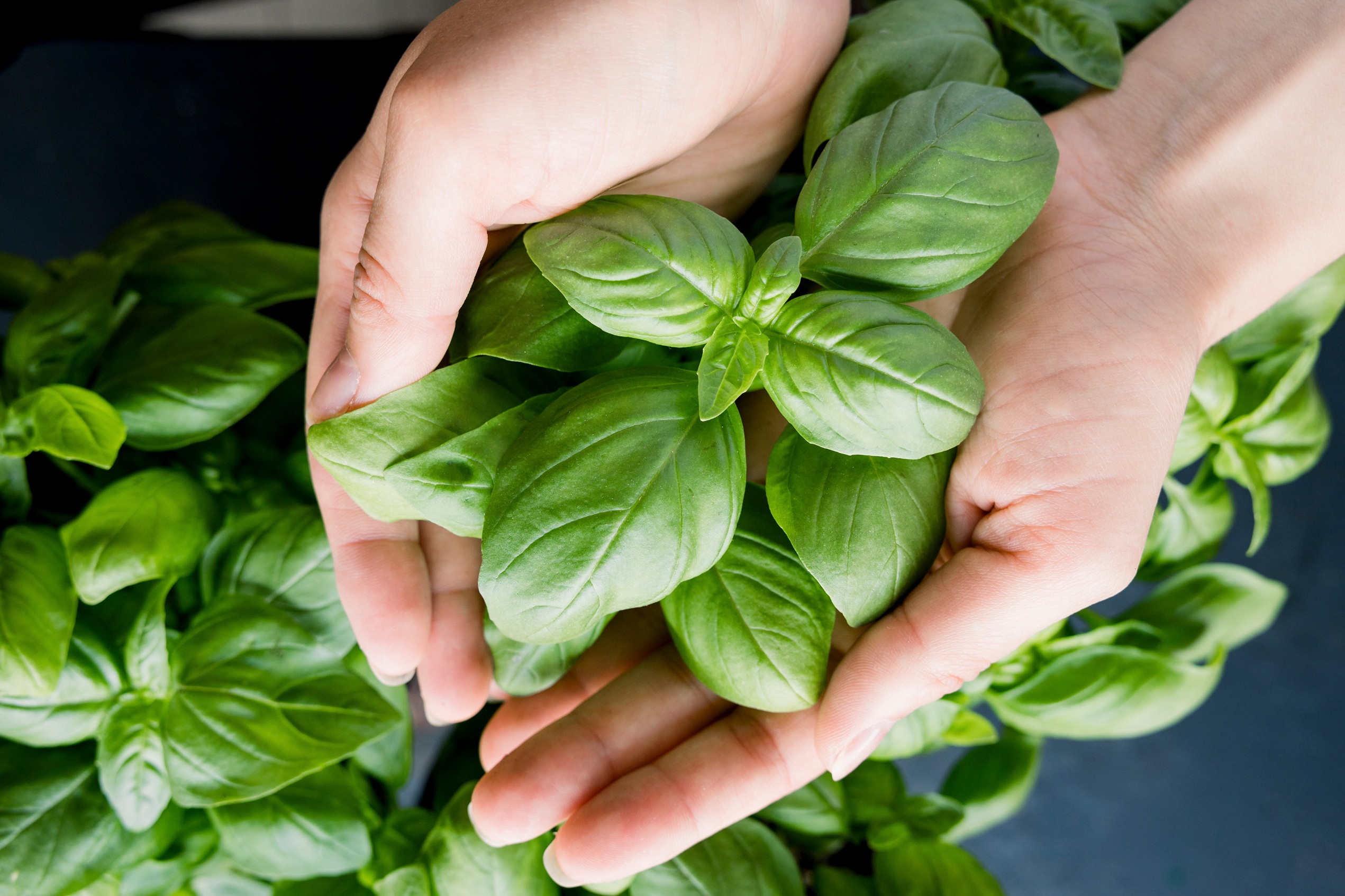
In this article, we discuss the “Cocoa Polyphenols and Gut Microbiota Interplay: Bioavailability, Prebiotic Effect, and Impact on Human Health”
Plant name and species
Cacao (Theobroma cacao)
Aim of study
This paper is a review that summarises the bidirectional interaction between polyphenols in cocoa and the gut microbiota, as well as assesses the various health outcomes.
Study method
Various science research papers on cocoa were collated and reviewed, and then key findings were summarised.
Herbal preparation
The production of cocoa products from cocoa beans takes several steps, and by the time most cocoa reaches consumers, these processes have been completed. These steps include drying, fermentation and then separating nibs from shells. This is followed by an alkalization process, followed by roasting and grinding.
Sample size
As this paper is a review, there is no sample size.
Results of study
The polyphenols in cocoa have been shown to be the main group of compounds which affect the microbiome positively in people. Research shows that only 5–10% of polyphenols are absorbed in the small intestine, with the remaining amount reaching the colon where they undergo fermentation processes. The metabolites it produced via these processes then go on to have various effects on the bacterial population in the intestines.
There is various research that shows how polyphenols affect gut microbiota, and how they in turn affect microorganisms. Some studies suggest that polyphenols alter the microbiome by exerting prebiotic effects and selective antimicrobial action against pathogenic microbes.
Polyphenols have been shown to increase the growth of beneficial gut bacteria like Bifidobacterium and Lactobacillus. It also reduces the number of Clostridium pathogenic species like Clostridium perfringens.
Bifidobacterium and Lactobacillus along with some other bacteria metabolize cocoa polyphenols, and their growth can be mutually affected by them. The “bifidogenic effect” where Bifidobacteria grow is caused by cocoa polyphenols because they can create a redox environment in the gut, that positively selects those bacteria.
Overall, in a healthy gut, the cocoa polyphenols lead to beneficiary consequences, and in an unhealthy gut they improve the composition of the microbiota.
Discussion
The type and amount of polyphenols vary in cocoa-based on the type of cultivar, geographic locations, growing conditions and processing steps. The bioavailability and health outcomes of cocoa depend on their concentration and chemical structures, as well as factors related to the host, such as other foods they are consuming.
A study was conducted which assessed the polyphenol content of various cocoa liquors from different countries. Overall total polyphenol contents were in the following order: Madagascar > Mexico > Ecuador > Venezuela > Sao Tome > Ghana. The study also showed that more polyphenols were linked to higher antioxidant activity.
Many cocoa polyphenols reach the colon where they are broken down into metabolites by the gut bacteria. These compounds along with the gut microbiota shape the microbial population. Several studies have shown the prebiotic effects of cocoa, where the components increase the growth of beneficial bacteria. Prebiotics promote the growth of beneficial bacteria by feeding them, whereas probiotics contain live microorganisms.
Other health-promoting effects of cocoa include antioxidant and anti-inflammatory activities.
Conclusion
Cocoa has been shown to have numerous health benefits, with the polyphenols supporting a healthy gut microbiome. The mechanisms are yet to be fully characterized, and therefore more research is needed to understand how this works so we can reach conclusive outcomes on the impacts on human health.
















